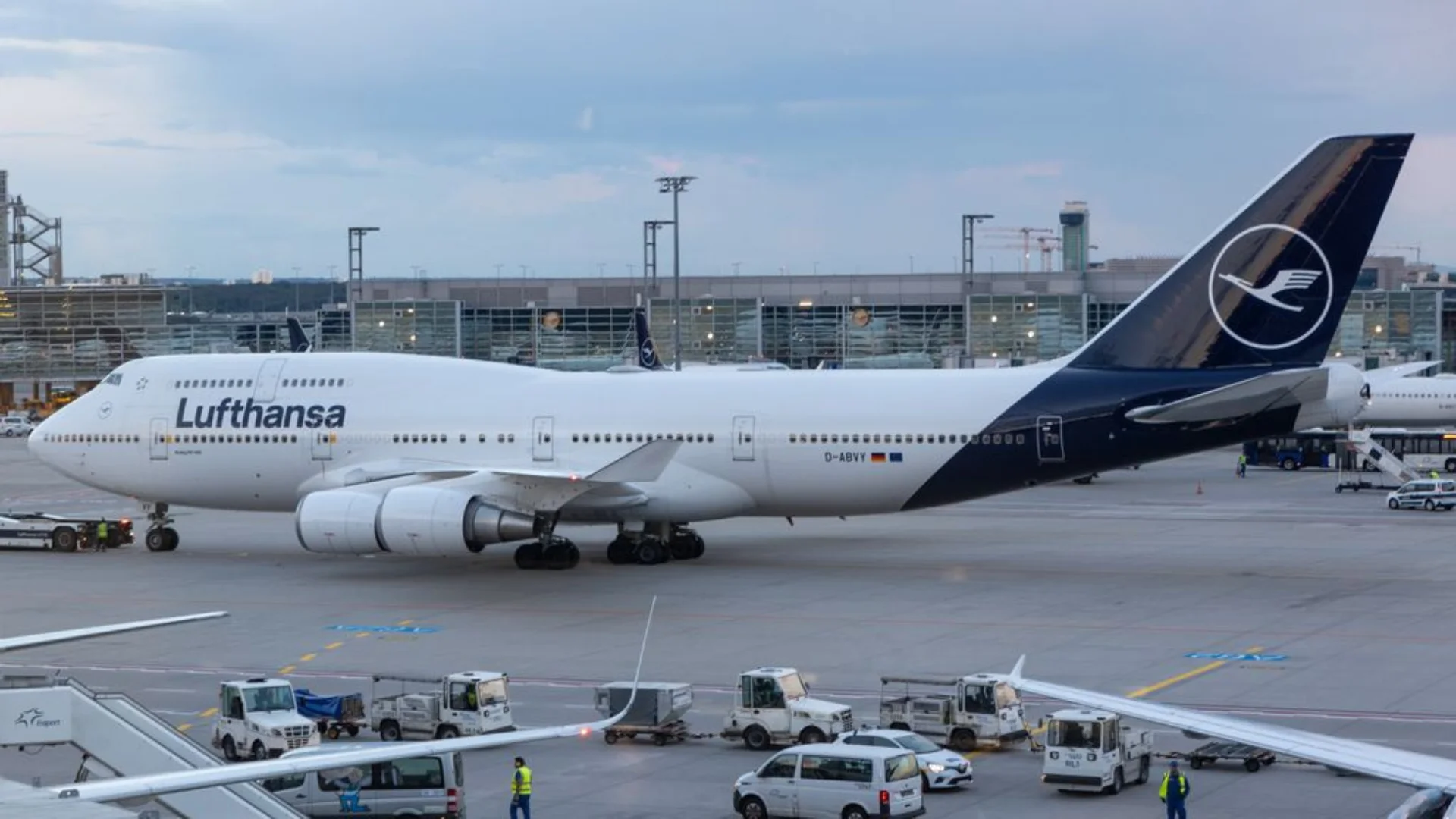Entering service with Northwest Airlines in 1989, several subvariants were developed: passenger (standard), freighter (F), combi (M), domestic (D), extended range (ER), and extended range freighter (ERF). In total, Boeing built 694 units across all these types. British Airways operated up to 57 passenger examples at its peak—the largest fleet among airlines—while Lufthansa became closely associated with ongoing operations of this model.
In terms of capacity and reach, during its era no other airliner matched what the 747-400 offered. With a range up to about 7,285 nautical miles (13,490 km), it enabled nonstop routes that were previously not viable economically or technically—for example between eastern U.S. cities and much of Asia or Australia.
Comparatively smaller competitors at that time included models like Airbus’s A340-300 and McDonnell Douglas’s MD-11; however, these sold in smaller numbers relative to over four hundred passenger versions of both the competing Boeing 777-200ER and standard passenger variant of the -400.
Qantas prompted development of an even longer-range version—the ER—which allowed fully loaded flights between Los Angeles and Melbourne; only six ERs were built. Nineteen domestic versions without winglets served Japanese routes due to unique requirements there.
Freight remains a key legacy for this type: more than two hundred converted or factory-built cargo variants are still active globally due to their payload capacity—including nose-loading capability—and relatively low ownership costs since most have been paid off.
Boeing delivered its last passenger-configured -400 in 2005; freighter deliveries ended by mid-2009. Successor models emerged—such as Airbus’s A380 or Boeing’s own newer widebodies—but many airlines replaced their aging jumbo jets with more efficient twin-engine planes like the highly popular Boeing 777-300ER. For instance, British Airways shifted towards Airbus A380s and additional twinjets; Delta Air Lines chose Airbus A350s instead.
Retirements accelerated following COVID-19 disruptions: British Airways retired remaining jumbos earlier than planned; Lufthansa is expected to phase out its last eight by around 2028, replacing them with next-generation models such as Boeing’s forthcoming 777X.
Today only a handful of carriers—including Lufthansa, Mahan Air, Air China, Rossiya Airlines, Max Air—operate scheduled passenger services using this aircraft type; Atlas Air provides charter operations with others flying mainly freight missions worldwide. Cargo operators are transitioning towards newer models too—with Singapore Airlines planning direct replacement using Airbus’s latest A350F freighter while Cargolux will switch to future generations from both leading manufacturers.
As aviation moves towards greater efficiency with twin-engined designs now matching or exceeding earlier four-engine ranges at lower cost-per-trip metrics—and airlines preferring right-sized fleets—the once-dominant jumbo jet has become less common above international skies. Despite this decline in prominence,the impact made by this aircraft on opening new long-haul markets remains significant.
"The famed 'jumbo jet' is, to this day, the third most produced widebody aircraft of all time," according to Simple Flying.
"It made many new markets possible...the 747–400's superior operating costs made routes that were technically feasible in the past a reality due to its economics," Simple Flying noted.
 Alerts Sign-up
Alerts Sign-up




































